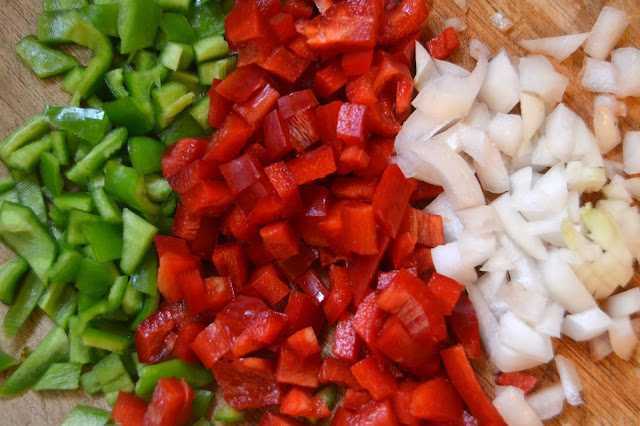March 15, 2016
Ask the RD: Vitamin E
When I first decided to become a dietitian, one of the topics that interested me the most was vitamins and minerals. I loved learning the benefits that each vitamin and mineral provided as well as the foods that they were found in. That is how I decided that I wanted to study nutrition! Through my schooling, we delved deeper into this topic and I enjoyed learning all about it. Today, I am going to discuss vitamin E.

Vitamin E is an antioxidant that helps to protect the body tissue from damaging substances known as free radicals.* These free radicals can damage cells, organs and issue and cause oxidative stress in the body. Vitamin E helps to protect against this.
This is how much vitamin E is recommended per day:
Children
- 1 to 3 years: 6 mg/day
- 4 to 8 years: 7 mg/day
- 9 to 13 years: 11 mg/day
Adults
- 14 and older: 15 mg/day
- Pregnant teens and women: 15 mg/day
- Breastfeeding teens and women: 19 mg/day
*These statements have not been evaluated by the Food and Drug Administration. These products are not intended to diagnose, treat, cure or prevent any disease.
Disclosure: This is a sponsored post by Nature's Truth. Thank your for supporting the brands that makes The Nutritionist Reviews possible. I was provided compensation and product to facilitate this post.
Share this post:


Comments